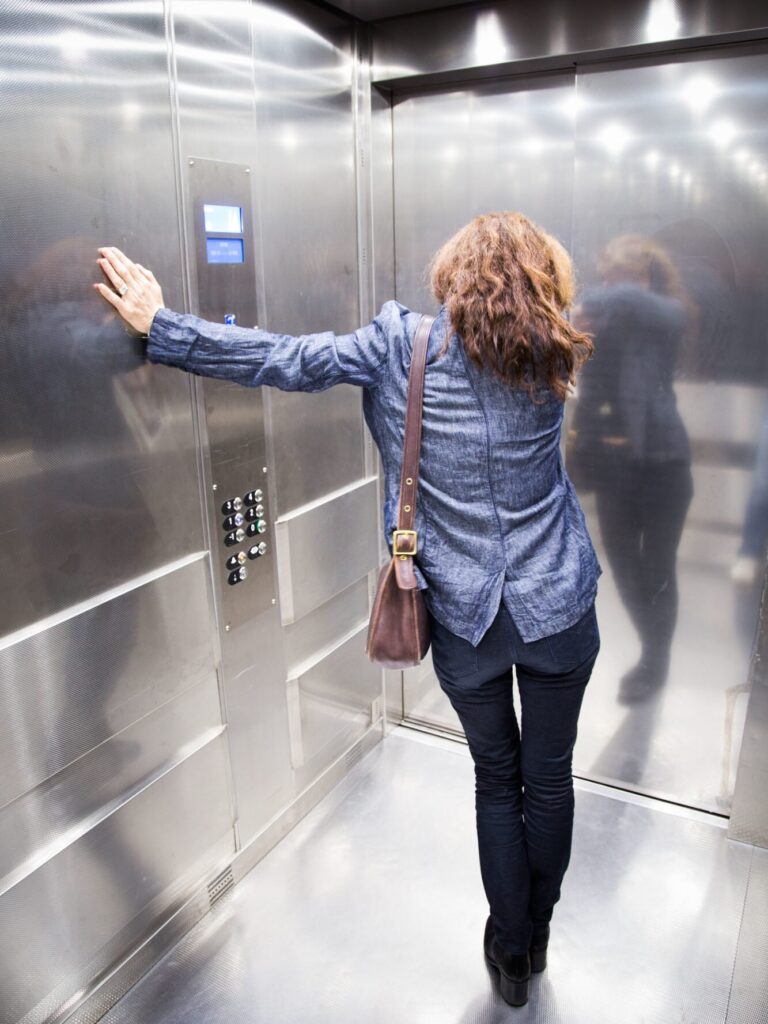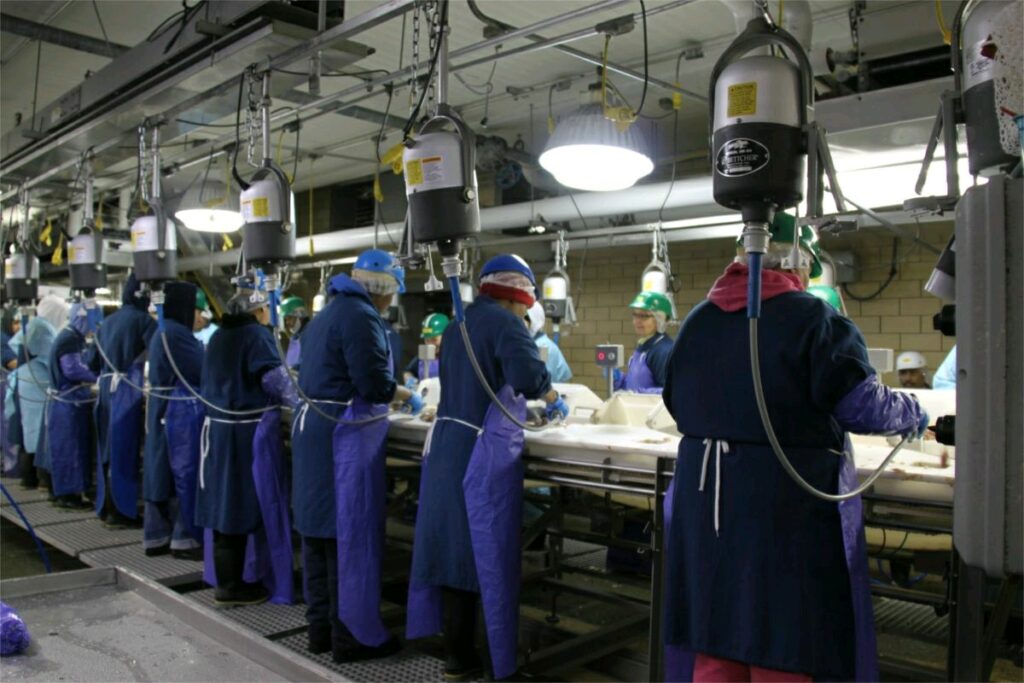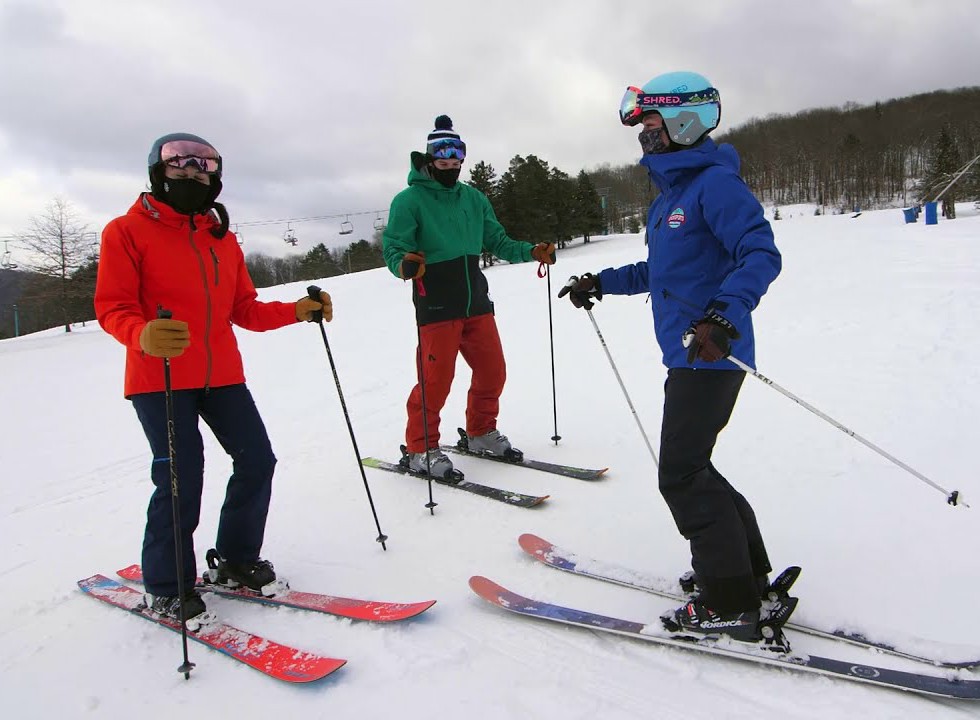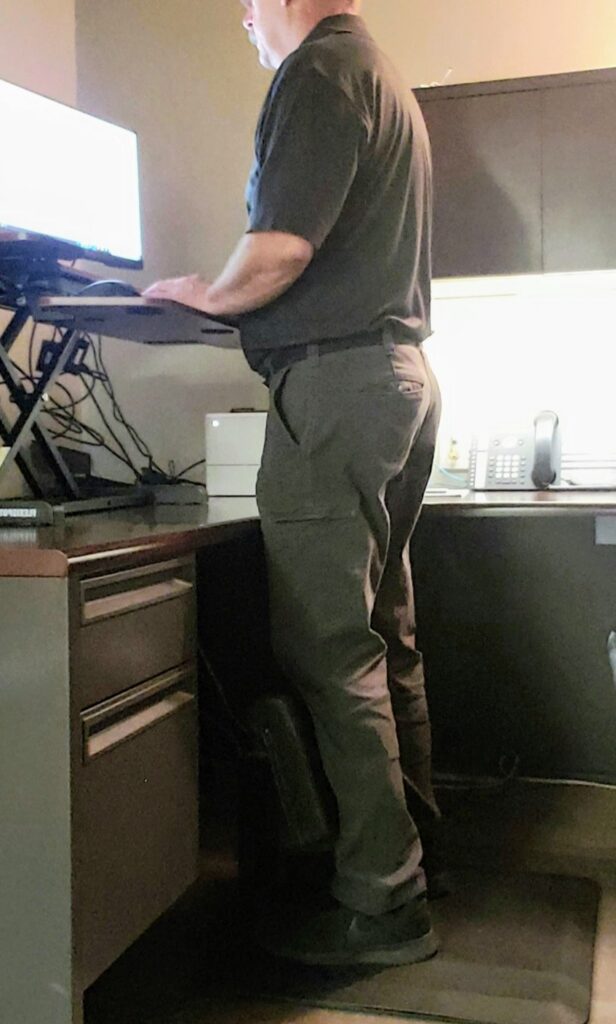
Mankind developed the first chair (huchuang) which was a folding stool originally used as a means to mount horses in China. Since then humans have been continuously reinventing sitting, while creating a multi trillion dollar industry. Each new chair comes with a specialized, highly educated team of marketing professionals specializing in just the right presentation of the chair you have been searching for but didn’t know it. Cell phone makers are not required to mention that holding your phone with your neck hunched over will cause significant pain and eventually MSDs, but they do. Automakers do not mention that sitting repetitously with one leg reaching further than the other contributes to Sciatica, but it does. And furniture companies do not mention that repetitious sitting results in significant health conditions such as heart disease, diabetes and MSDs. They certainly don’t tell you the secret behind the wild success of chairs. Literally anyone can build one and say its the best, because they all do the same thing. They address “it”.

“It” never really bothered mankind to the extent we see today. In fact, “it” really became a problem when we began to mass produce products and services. When that happened each worker began to specialize in one task of one aspect of one part of one product…well, you get the idea. But instead of moving about a workspace like farmers, blacksmiths and builders, these new jobs required millions of workers to stand statically in one spot to perform their repetitious, seemingly “nonhazardous”, funtion. Humans have developed to efficient bipedal travel but have yet to master bipedal stand in one place. As mass production grew, so did the need for workers to research, design, advertise, sell and count money to make more widgets. Office workers saw no need to brutaly stand and work so chairs became the “staple office supply” (now that’s marketing wording). But why do chairs feel good? What is “it” about static standing that results in nearly immediate fatigue and pain?

Substitute “controlling postural sway” for “it” and now you see a major reason why we can’t stand standing and we can’t wait to sit as soon as we stand. As we stand on our feet we experience postural sway and the upright mass continually adjusts to balance its center of gravity. Within moments of standing statically, we all instinctively shift our weight from one foot to the other and look for places to lean. Little did you know that touching one index finger on a stationary object controls sway. Not all of it of course, but enough to notice. Try it with your eyes closed. As the body tries to balance, tendons, mucles and the fascia become tense from making continuous adjustments. This is where the fatigue begins and our body tells us to change detrimental activity through pain. So when we sit, lie down, lean or even travel for movement, we control that sway. When we control “it”, a calming falls across the entire body from the reduction of this tension. Movement is the movement behind “movement” in ergonomics and furniture marketing (?). But the focus behind that initiative is not sway control, its fitness. Everybody wishes they were fit, so its much easier to market that than it is to actuallly solve hidden causes of human conditions. So, office workers were given chairs (lots of them) and standing workers were given, well, nothing except foam mats that actually create more tiny movements for balance adjustment. Ergo fatigue mats are everyshere now. How’s that working out? Have you seen dramatic reductions in lost time, turnover, WC, etc.?

Think about the places you stand and how you find balance without thinking. When doing dishes we all lean our belly into the counter. Some reatailers actually put belly pads in front of the scanners the same way in hopes that would reduce the cost of human resources. But instead, it causes hyper extention of the knees even further than normal locked knee standing does. Belly pads didn’t work so clever retail marketing implimented “self checkout” for “shopper convenience”. The average cost of turnover alone in large retail is $3,400 per instance so it improves their margin dramatically by redirecting the risk to unpaid, uninsured labor instead. As a young guy in the photo above, I was finding balance on my boat while reaching with 17 lbs. I didn’t know it yet, but that instictive measure saved me from developing MSDs through the repetition of balancing and landing fish while experiencing the extreme sway over years of boating. Where I find balance in this picture, is worth noting. My upper shin makes contact with the motor cowling. It allowed me to stabilize and unlock my knees to hold and reach with the 17 lb fish for the picture. That small measure of balance and stability, with flexed knees, reduced the force exerted in my lower back in that task. Funny how this photo predicted my future.

As I said previously, humans have developed quite well to bipedal travel. But when we stand, and that fatigue and pain occurs, we either sit or lock or knees in an effort to feel more stable. That locked knee stance results in high forces on the lower back. So even “nonhazardous” tasks will cause MSDs given time and repetition. We just aren’t strong enough to stand with flexed knees. If you have ever been snow skiing, you have experienced the calming throught your body as you relax your shins into the firm boot structure after a run. You may not realize it but you are giving yourself support to reduce the torque in your back. Those boots, on long skiis, trenched into snow, are providing limited control of your sway. Unfortunately, its not safe to wear skiis at work. But its clear to see that we all make efforts to achieve the same feeling while standing, that we all know we feel when sitting. Skiing also builds muscle memory for use in standing without locking the knees.

Here is how you get the same relaxed feeling that sitting gives you, while you stand (in this case, at an office). Bonus, you have the benefits of higher heart rate, improved circulaton (especially behind the knees), better posture, lower forces on the spine in simple but repititious tasks, and you build muscle memory to avoid standing with locked knees. The patented StandRite-Pro is like nothing else you’ve seen or felt in standing and no matter who works in an outfitted station, they get the benefits of healthy balance and stability.
